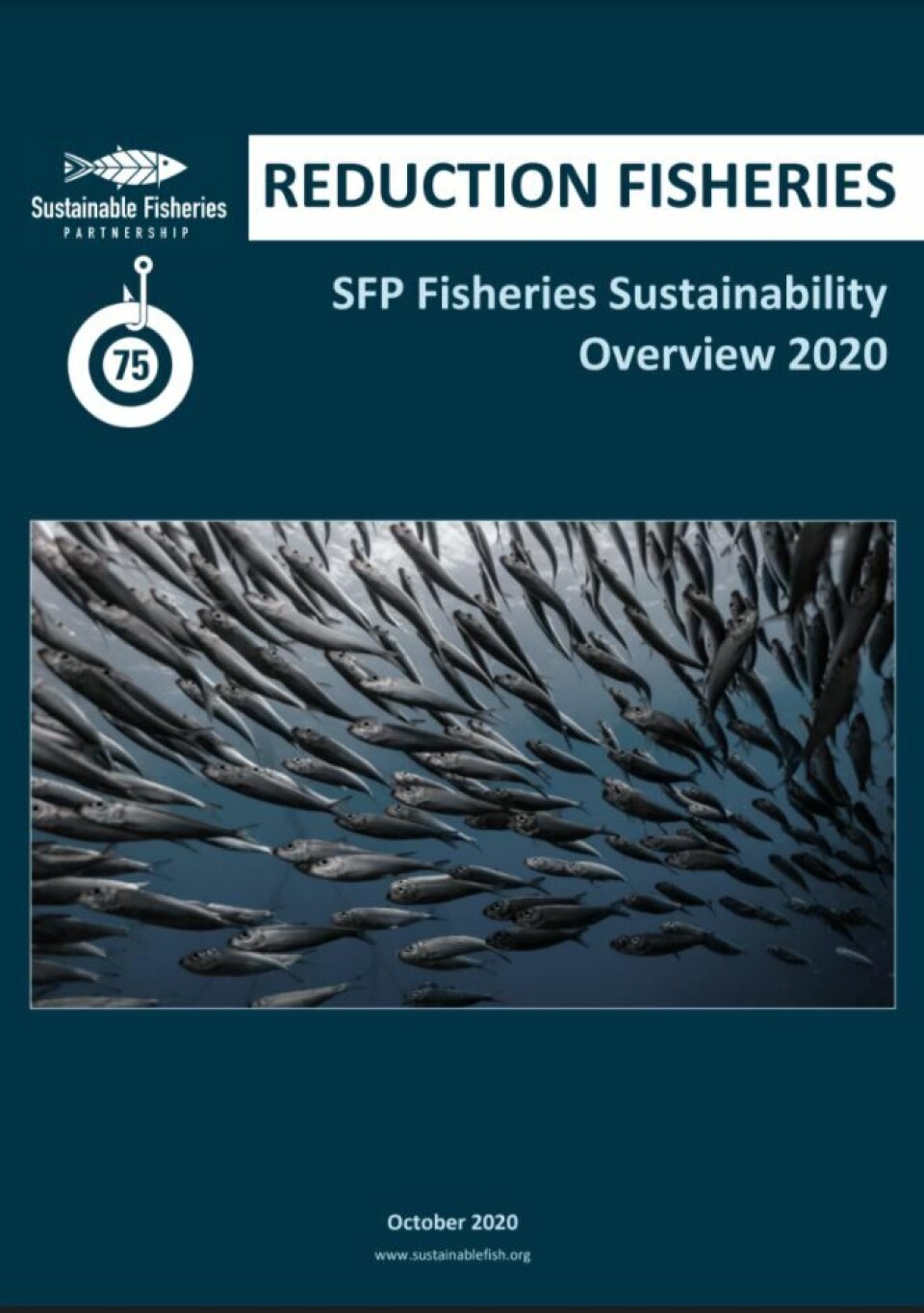
Krill harvester celebrates top sustainability rating
Krill harvester Aker BioMarine has stressed its commitment to sustainability after the Antarctic fishery it uses to source the crustaceans for use in fish feed received a top rating.
The krill fishery is the only one of 20 reduction fisheries analysed that is in very good condition, according to annual ratings from the Sustainable Fisheries Partnership (SFP), an independent non-profit organisation that evaluates the sustainability of global fisheries.
It is the sixth year in a row that the fishery has received an A rating from the SFP.

Key areas
Rating criteria are based on five key areas: management strategy, managers’ compliance, fishers’ compliance, current stock health and future stock health. Aker BioMarine and the overall krill fishery scored over eight points on each, earning the top rating.
Runa Haug Khoury, director sustainability and public affairs at Aker BioMarine, said: “We are very pleased to see that the strict quotas, the transparency through observer coverage and the collective industry efforts within the Antarctic krill fishery continues to receive the SFP’s appraisal.
“We remain committed to pushing the global agenda for improved ocean management. What we are trying to achieve in the Antarctic krill fishery, is an example of data driven innovation for improved ocean management that we hope will have learning effects spreading to other, less well-managed fisheries.”
22% poorly managed
The Antarctic krill fishery represents just 3% of the total catch volume of the reduction fisheries analysed by the SFP.
Of the rest, 33% of the volume was reasonably well-managed, 22% poorly managed, and 42% (Peruvian-Northern Central anchoveta) not scored due to a legal dispute.
“This year’s report contains a mix of positives and negatives,” said Dave Martin, director for aquaculture and reduction fisheries at SFP, when the report was published earlier this month.
“The industry in Europe and Latin America continues to support responsible sourcing despite minor declines in overall sustainability performance.
“Yet, significant environmental and social challenges persist in key production regions. Given the global scope of the challenges, SFP is encouraging all users of marine ingredients to come together in a global roundtable to support environmental and social improvements.”
Fishmeal and fish oil
The 2020 report reviews the management of 20 of the leading European and Latin American fisheries used for fishmeal and fish oil.
Key findings include:
- Compared to last year, five fisheries improved, while four decreased.
- The share of volume in the lowest category, “poorly managed,” nearly doubled compared to 2019 to 22%. Some of these fisheries are relatively well-managed, but either the stock is in a seriously depleted condition or fishing pressure remains too high.
- Almost all reduction fisheries covered continue to target low-trophic-level (LTL) species. SFP that it is important that the management of these fisheries focus on an ecosystem-based (rather than single-species) approach, given the key role of some of these species as a source of food for upper levels of the food chain.
- Coastal states continue to set unilateral quotas for North East Atlantic blue whiting that have resulted in combined total allowable catch limits (TACs) well above the level advised by ICES (International Council for the Exploration of the Sea) and anticipated in the long-term management plan. Blue whiting makes up 13.7% of the volume of the fisheries assessed, and the drop in scoring was the prime driver in the overall drop in sustainability performance. In response to declines in this and other regional fisheries, the industry-led North Atlantic Pelagic Advocacy Group has been formed, with the goal of resolving the TAC issue.























































